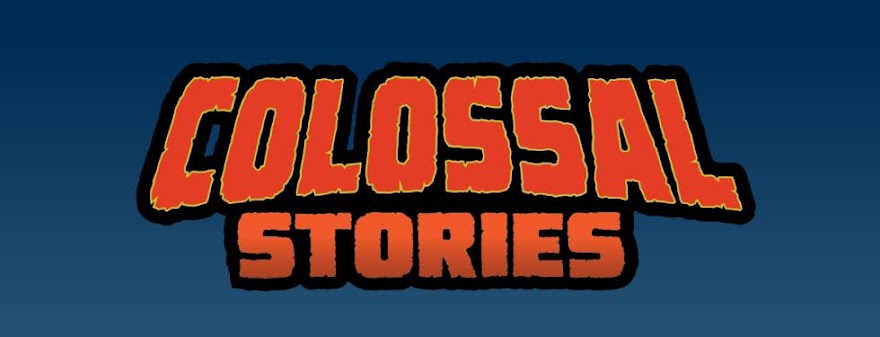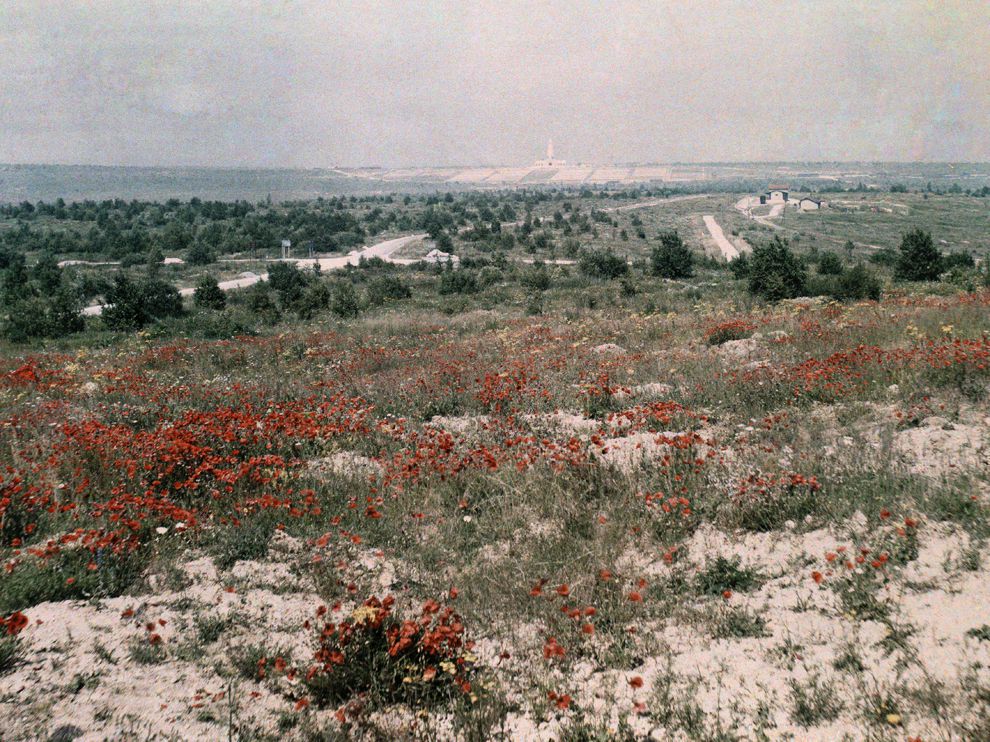In my last post, the After-Action Report from running the Call of Cthulhu scenario "Dead Light," I mentioned that I probably should have used a chase sequence during the game.
I was kind of intimidated by the Chase Rules, but I'm starting to understand them now, and I will pass this (new, terrible, arcane!) knowledge on to you. This video by Paul Fricker was of great help in understanding how to do a chase. This one by Seth Skorkowsky is also quite good - and in fact Seth uses Dead Light for his chase example.
As written, the "Dead Light" of the scenario is the sort of "Implacable Man" enemy that lends itself well to nightmares, but somewhat poorly to chases. Per its official stats, its "Move" stat is 6, or 30 meters per round - a pretty good clip by foot, but not by vehicle.
The problem that we're faced with is that Dead Light almost guarantees the Investigators have a car! The standard speed (I am told, but I haven't verified this) for a 1920's auto is Move 13. So if we left it there, the chase would be over before it began - the Investigators peel out in their shiny machine, and the Dead Light lopes along behind them at an increasing distance: hungry, determined, but slow.
But we are not content with this! We want to make an exciting and dangerous chase possible! I think this is possible, even with a slow antagonist. You can leave the Dead Light speed where it is, but we'll screw around with the car's practical Move, and make slight adjustments to the Chase rules! Remember - in the Dead Light scenario, there's a terrible storm, and driving conditions are awful!
So - in the rules as written, you start a chase by rolling speed. The major downside to this is that if one character rolls quite well, and the other quite poorly, that can end the chase right there - they just escape! But that is narratively unsatisfying for us - we want a big set-piece chase scene! So we're going to modify it like this:
1) At the start of the chase, instead of rolling for "Speed," tell the Player who's driving that his car's movement would be 13 in GOOD conditions. Now ask the driver what his intended speed is in THESE conditions. This will be his "SPEED ROLL" to start the chase:
- If it's 10 - 13, the driver must make an EXTREME Drive Auto roll or else they fishtail right at the start and the Dead Light attacks the car for 1 or more Round.
- If it's 7-9, the driver must make a HARD Drive Auto roll, or else consequences as above.
- If it's 6, a regular Drive Auto roll, or else as above.
If they make the chosen roll, they get as many as 7 Movement Points to use during the chase (the difference between a max car Move of 13 and a steady Dead Light move of 6.) This provides an incentive to go for the big payoff- with that many extra points, they are probably going to be able to escape pretty easily... depending on how they handle the Hazards and Barriers, about which see more below.
For these rolls, if they are driving an all-wheel-drive vehicle you can give them a bonus die. My Players got hold of a 1918 Renault AWD Truck from military surplus in Paris, so that would have worked out well for them here.
Note: this is not exactly the same as saying "Roll Drive Auto - if you get Extreme you can go fast, Hard you go middling, Regular you go slow." This is because I feel we want to simulate the attempt at accelerating quickly in a storm, and choosing the reckless thing over the cautious thing.
2) Then we set up 3-4 locations for the Chase.
I'm thinking 4 locations on the road between the Diner and Cottage (or whatever the endpoints are). Can keep it pretty boring: something like: 1) Driveway/Parking lot (or whatever your origin point), 2) .5km marker, 3) 2km marker, 4) Diner/cottage (or whatever your destination is).
You can start the Investigators' car one spot ahead of the Dead Light - say, they're getting to the 1st half-klick while the Dead Light is still meandering down past the parking lot.
Then we set up 3 hazards/barriers along the road
I'm thinking something like: "lightning-felled tree", "flooded section," and "sharp turn with debris". You can make them all require Drive Auto rolls, or if you set up the Tree as a barrier you might require a group Strength roll to move it out of the way. Failure in a Hazard causes the car to skid out or flip over - this is where having a faster initial speed pays off, if you can get it.
Failure at a barrier delays the Investigators for a round while the Dead Light catches up. NOTE that the Dead Light is not impeded by any of these barriers/hazards, as it can float above or around them!
Failure at a barrier delays the Investigators for a round while the Dead Light catches up. NOTE that the Dead Light is not impeded by any of these barriers/hazards, as it can float above or around them!
And then, if the Dead Light ever winds up in the same Location, you hit every Investigator with the POW roll against being mesmerized, and then the Dead Light occasionally zaps them with its tentacle-y attack.
And then, they reach the relative "safety" of their destination! And then, of course, a few minutes later the Dead Light strolls up looking for another snack, and starts burning its way in...
In the next post: adapting popular scenario "Edge of Darkness" into the "Zone Rouge" prelude!
-----------------------
Want more of what I do? I have a number of best-selling Adventures and GM guides for the 7th Sea system available via DriveThruRPG! They are reasonably popular and shockingly inexpensive, so check them out!
I'll soon be working on writing my first-ever CoC scenario for publication, giving it the same "behind-the-scenes development" treatment you've seen so far - so watch this space for future posts on that topic!







